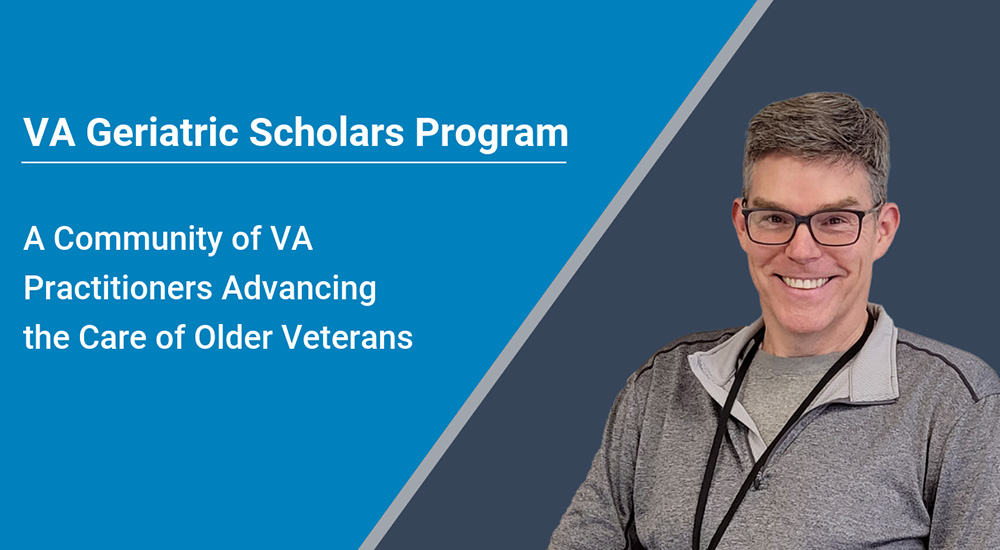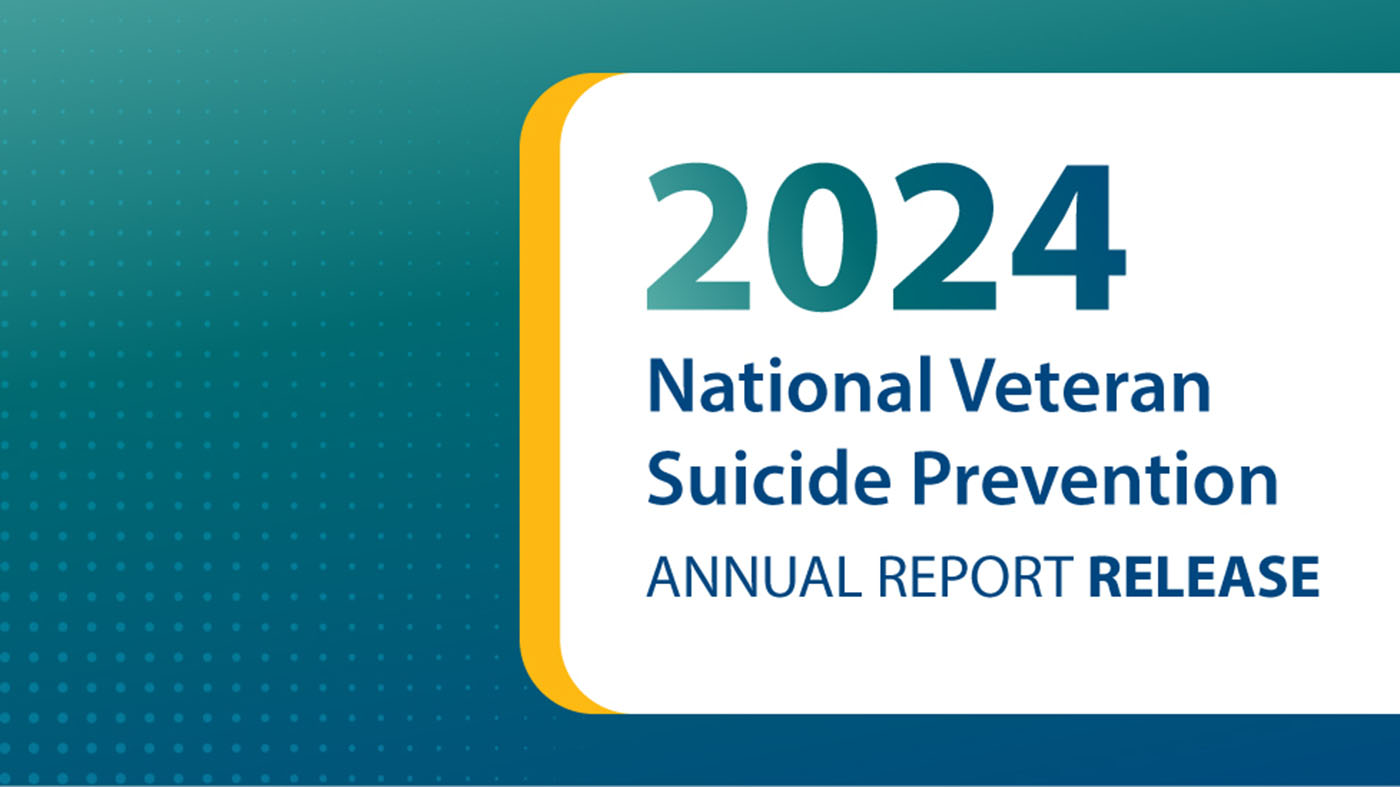Falls are the leading cause of injury and injury-related death for adults over the age of 65. Unfortunately, one in every four older adults falls each year in the U.S. For nearly a decade, helping older Veterans reduce their risk of a fall through engagement in physical therapy has been a priority focus for David McFarland-Smith.
McFarland-Smith is part of a multidisciplinary Home-Based Primary Care (HBPC) team that provides health care services at home to as many as 150 Veterans in rural areas surrounding Boise VA Medical Center. Ninety-three percent of his patients are over the age of 65, and falls are a persistent problem for his medically complex patients.
After attending the Geriatric Scholars Program – a VA workforce enhancement program – McFarland-Smith and his HBPC team launched a quality improvement project using the IHI Model for Improvement to increase engagement in physical therapy for those at higher risk for falls.
Risk was assessed using a Fall Risk Assessment Tool. It became clear that several Veterans did not feel they needed to engage in physical therapy to reduce falls. This helped validate the need to create a multidisciplinary approach to address Veteran engagement.
Collaborative teamwork
In the second cycle, the HBPC nurse and the occupational therapist each conducted an assessment before the team discussed the need for a referral at their weekly meeting. After identifying Veterans who would benefit from physical therapy, the nurses would prime the patients to expect physical therapy to be offered to them.
“The nurse championed the idea of physical therapy and prepped the Veteran to expect a phone call from me,” said McFarland-Smith. “The occupational therapist was important as the first rehab clinician to suggest equipment. I caught the wave they set up for me.’’
With this interdisciplinary team approach, Veterans were more receptive to engaging in physical therapy.
“That’s quality improvement,” he said. “We try something and make adjustments.”
Listening to what’s important to the Veteran
Part of McFarland-Smith’s approach to physical therapy is understanding what is important to the Veteran and what type of assistance they are willing to accept.
“I worked with a golfer, someone who continues to play golf, and that was key for him,” he added. “He needed to use a walker. That was not going to happen, so I encouraged him to use a cane. I said, ‘The cane will help you keep a longer stride which will aide your golf swing.’ I keep my mind open and pay attention to how they’re talking to me and what their goals are. Then we work in the tools to their goals.”
Staying connected with rural Veterans during the pandemic
At the start of the pandemic, McFarland-Smith’s multidisciplinary HBPC team limited face-to-face interactions with Veterans to essential medical visits. It became imperative to adapt traditional services to telehealth to ensure Veterans’ continuum of care.
His team stepped in to distribute iPads to home-bound patients and a recreational therapist made a visit to teach them how to use VA Video Connect. “That became an essential visit,” he explained.
He also made encouraging phone calls to his patients up to three times a week. That helps them maintain their home exercise program. “The phone calls became the link for the Veteran to another person,” he said. “We could have a nice chat about what was going on before we talked about the exercises. It was definitely a benefit to folks who are in rural Idaho.”
The team’s project highlights the benefits of collaboration and flexibility when conducting quality improvement. “It really has to be that interdisciplinary team approach,” he added. It also underscores the value of incorporating care into Veterans’ daily lives and priorities to increase patient engagement.
Topics in this story
More Stories
Watch the Under Secretary for Health and a panel of experts discuss VA Health Connect tele-emergency care.
The 2024 National Veteran Suicide Prevention Annual Report provides the foundation for VA’s suicide prevention programs and initiatives.
Theranostics is a specialized field of nuclear medicine that uses a two-pronged approach to diagnose and treat cancer.






